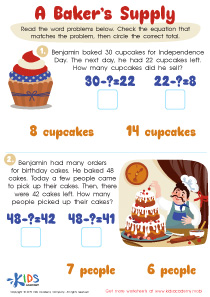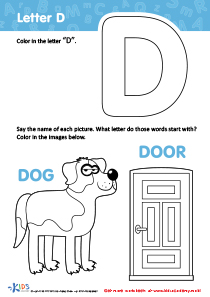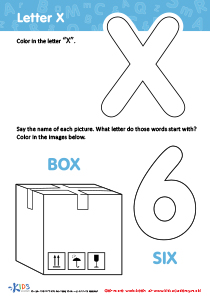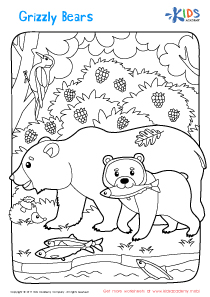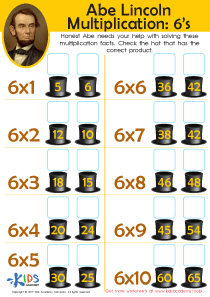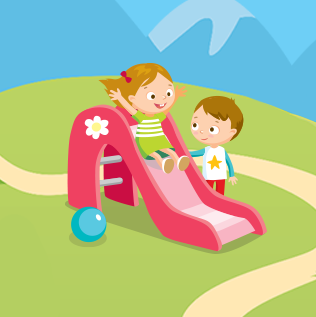English Language Arts Lessons | Respond to Stories Read Aloud for Ages 4-6
1 results
Dive into the enchanting world of storytelling with our "Respond to Stories Read Aloud for Ages 4-6" lessons! Crafted specifically for young learners, this program invites children to immerse themselves in the magical journey of narratives brought to life through reading aloud. Through interactive worksheets, captivating educational videos, and engaging assessment quizzes, kids will learn to connect with and respond to stories in creative ways. These lessons are designed to spark imagination, enhance listening skills, and foster a love for storytelling. Join us for an adventure into the realms of tales and tales that teach, entertain, and inspire!
In today's fast-paced world, instilling a love for reading and comprehension skills in children from a young age is more important than ever. For young learners, ages 4-6, the program "Respond to Stories Read Aloud" serves as an invaluable resource to kickstart their journey into the world of letters, words, and the magical stories they form. This unique initiative combines the joy of listening to stories with interactive learning activities, designed to nurture a deep understanding and appreciation for literature from the earliest stages of education.
At the heart of "Respond to Stories Read Aloud for Ages 4-6" lies the simple yet profound act of reading aloud to children. This timeless activity is much more than just storytelling; it's an interactive session where young minds are engaged, imaginations are kindled, and critical thinking begins to take root. When stories are read aloud, children are not passive recipients but active participants, embarking on adventures, solving problems, and meeting characters from various backgrounds and cultures. This exposure is crucial for developing empathy, cultural awareness, and emotional intelligence.
However, the program takes this foundational activity a step further by integrating interactive worksheets, educational videos, and assessment quizzes into the learning process. These components are meticulously designed to complement the stories read aloud, providing a holistic learning experience that caters to the various learning styles of young children. For instance, the interactive worksheets serve as a canvas where children can express their understanding and interpretations of the stories through drawing, writing simple sentences, or answering thought-provoking questions. This hands-on approach not only reinforces their comprehension of the material but also encourages them to think critically about the narrative, characters, and the moral of the stories.
The inclusion of educational videos adds another dimension to the learning experience. These videos often provide behind-the-scenes looks at how stories are created, including insights into the lives of authors and illustrators, thus fostering a deeper connection and appreciation for the art of storytelling. Furthermore, these videos can introduce children to different storytelling techniques and genres, broadening their literary horizons from a young age.
